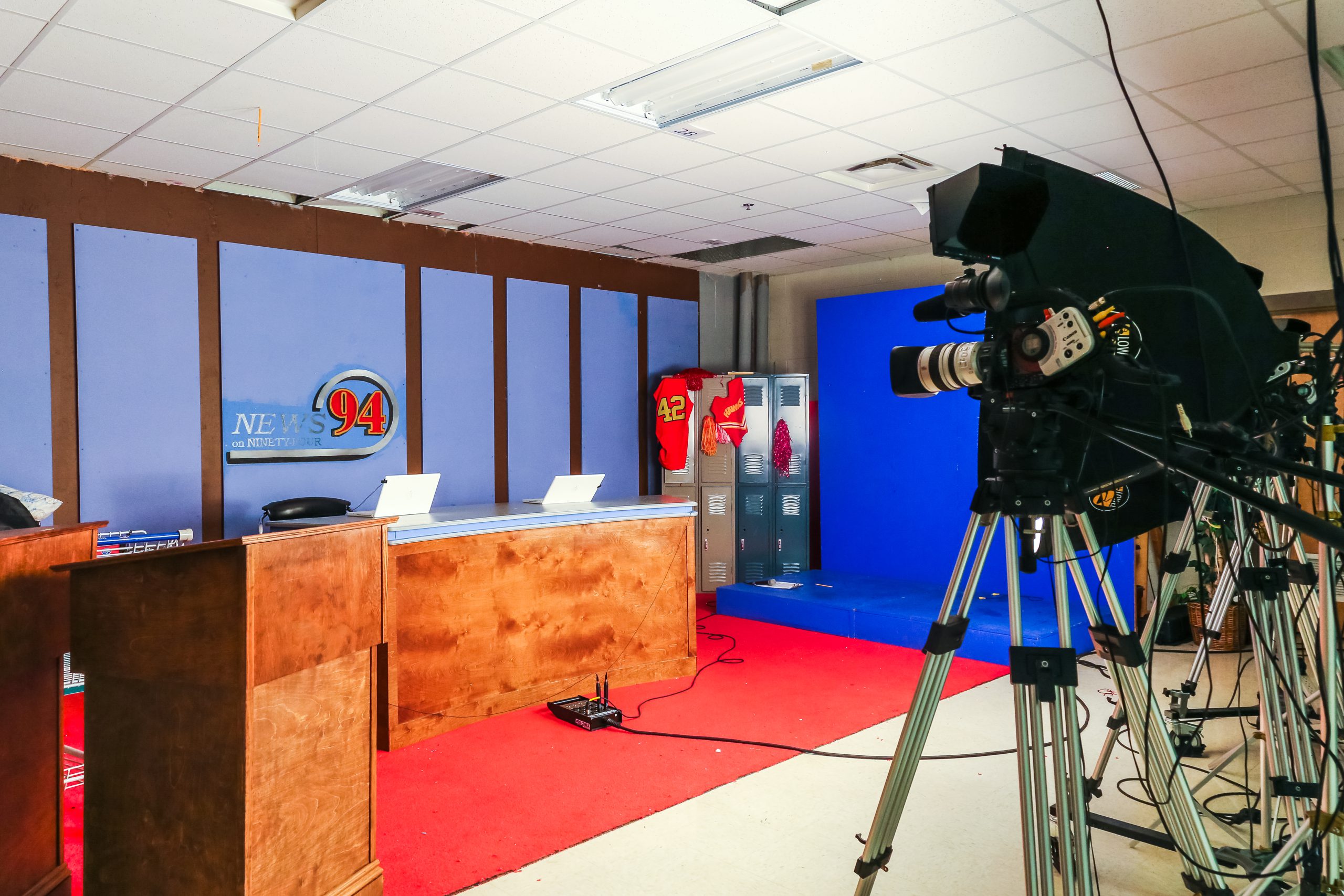Engaging Linguistically Diverse Students
March 24, 2021
Please note: This article was originally posted during a previous school year. Information and/or dates from past events
may be not be relevant for the current school year.

Ebonie Valentine is in her third year as a school counselor at Kenwood Elementary School. This year, she has adapted her role to provide linguistically diverse students the opportunity to grow. This inclusion initiative has transformed the way the students are engaging throughout the school day.
Linguistically diverse students, or students who are English Learners, sometimes require additional support during instruction. Teachers will tell counselors if they have students with additional needs. However, the majority of student need is determined by classroom observations.
“We have a lot of students who are non-English speaking,” explained Ms. Valentine. “While observing class, I noticed some were not engaged. They’d put their heads down, fall asleep. I didn’t want them sitting there and feeling left out during lessons.”
Many of the students come from homes where their first language is Spanish. “I don’t want anyone to not feel special because they cannot speak the language,” she said.
Ms. Valentine explored different ways to encourage participation. Finally, she tried a unique approach. She let them be the subject matter expert. “I told the students, ‘My goal is to learn Spanish. I’ve tried for years to learn, but I haven’t gotten it. I need someone to help me.’” Immediately the students’ interest was piqued. “They just lit up,” she said. “Where is this person when we have class?” Their response was an enthusiastic offer to teach her their native language. They were finally engaged.
The initial group was about ten students who participated twice a week. They began to invite friends, and the group grew. “Every few days, they would ask to come to my office excited to share their knowledge with me,” she recalled. “They began talking to other students, both in Spanish and English. They’d talk about their families and get the chance to be the expert in the room.”
The interest Ms. Valentine showed in their culture wholly transformed the relationship with the students.
During the lessons with third-grade through fifth-grade students, Ms. Valentine will present in both English and Spanish. “I will try to read, and they will correct me. It helps to keep them engaged.”
The program has built a relationship with Ms. Valentine and the students and has created friendships between peers. “Even if they’re not in the same classroom, it allows the students to form bonds and connections with other students.”
The interactions have allowed vulnerable students to feel confident in communicating with other classmates.
“It allows them to build relationships. That’s one thing I strive for, achieving a connection.”
Their transformation benefits the larger population of students, too. “Overall, they’re welcoming someone who may not be exactly like them. They can see someone may be different, but they’re included. The students realize, “They can teach me something new.’”
The advantage of this initiative, and the inclusion approach, is there is room for growth. “There can be more opportunities within the classroom to teach other cultures. We have a lot of students who have different cultural backgrounds or are military-affiliated children. It is important to celebrate [everyone], and know where we come from,” she said.
Into the Future
The initiative will continue into next year, as Ms. Valentine hopes to incorporate new opportunities. Her goals include recognition and celebration of diverse cultural calendars and holidays and students sharing native recipes. An afterschool program is not off the table, and opportunities to engage parents and families as well.
She said the group is already expanding, as some Korean-speaking students are asking to begin teaching her and provide their own ‘training.’
This type of initiative can be implemented at any school. According to Ms. Valentine, the biggest challenge she faces is consistency. “Sometimes there’s an emergency where I cannot have a group that day. But I always try to reschedule.”
The opportunities far outweigh the challenges. “In thinking of the whole child, they’re getting the academics, they’re getting life application, elevating their English, but also celebrating their heritage at the same time,” she explained. “It goes back to relationships. Allowing a student to shine, feel accepted and appreciated.”
As the students grow and move on through their education, she knows the confidence they develop in the group will have a lasting impact. “The students just need someone willing to give them space,” she said. “I don’t have materials. I don’t try to control. I give them the freedom to express themselves.”
The passion for fostering relationships was always at the core of Ebonie Valentine’s purpose. It’s the reason she became a school counselor. “I wanted to help people. I felt a connection with students. I wanted to be that difference-maker.”

